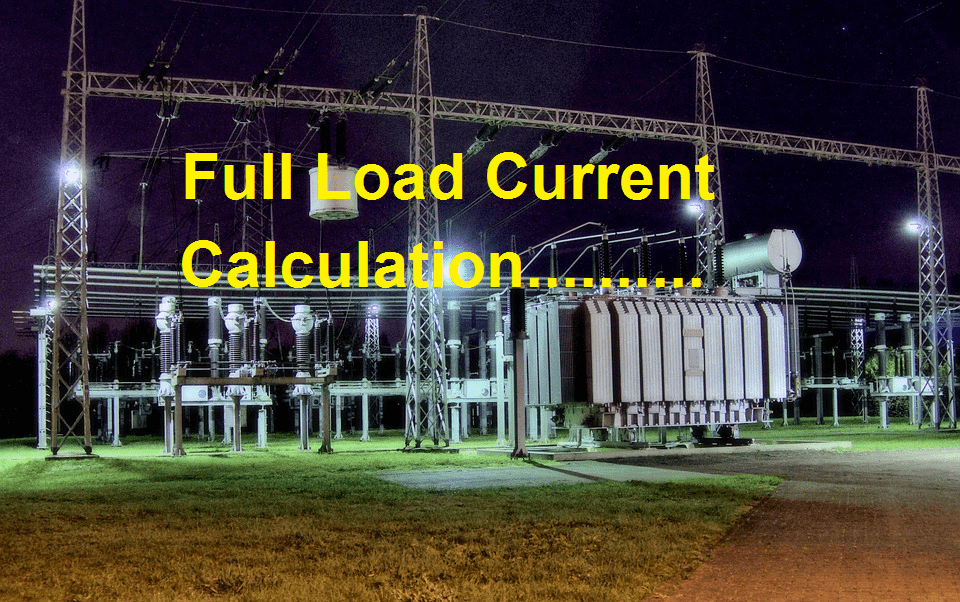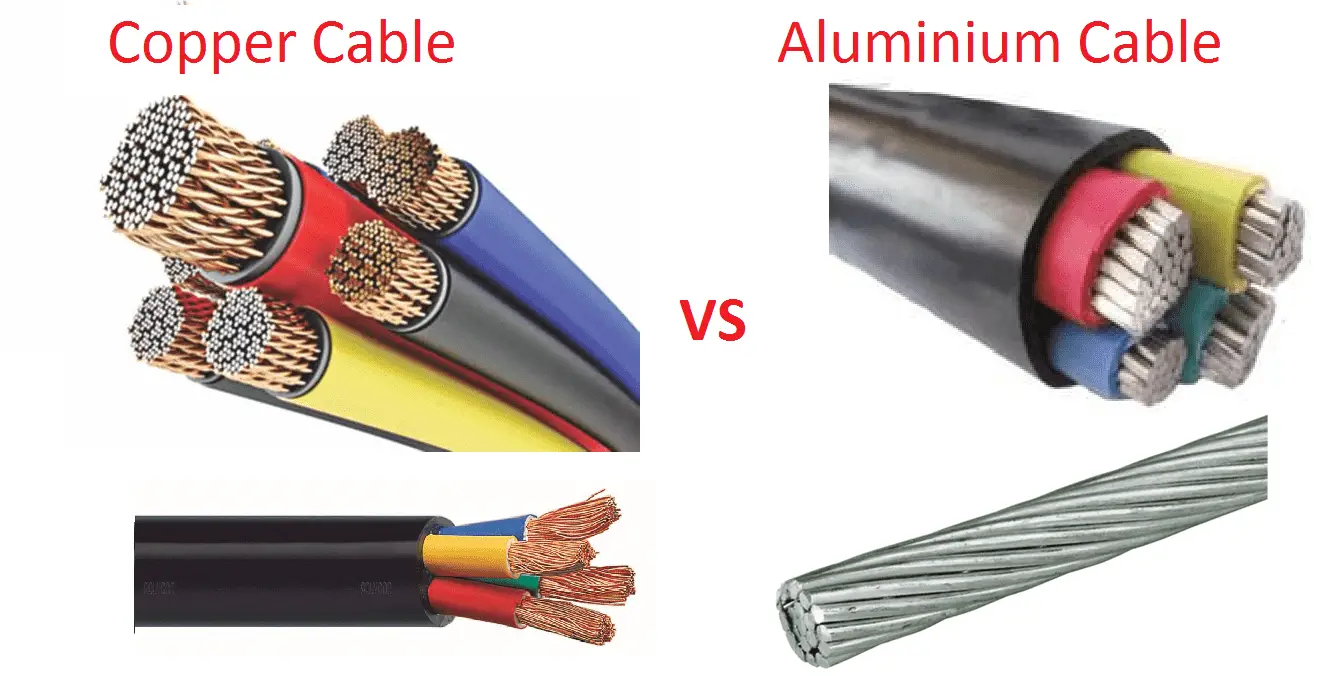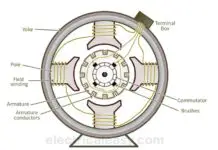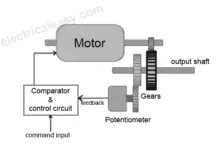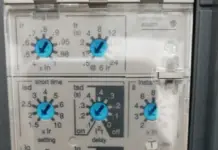Power system:
Power system is a network of electrical components which consist of generation, Transmission, distribution and utilization. Initially, power is generated by generating stations from energy resources next which is transferred to the transmission line. Finally, transmission lines are going to give the power to the distribution lines. Distributed lines are delivering the power to the load. These entire process or network chain is called power system. In this, we are going to see, what are all the components are involved in each process (generation, Transmission, distribution and utilization).
[wp_ad_camp_1]
Generating system:
Generation of electrical energy is nothing but the conversion of electrical energy from various resources. The electrical energy is generated by coal power plants, hydro power plants, gas, solar, tidal, wind, nuclear etc. electrical energy can be generated by both renewable and nonrenewable energy resources. The generation voltage various according design of an alternator or a generator.
Alternator: Alternating generator is called alternator. Alternator produce Alternating Current Voltage Mostly almost 95% of the power plants are generating AC voltage only.
Generator: The machine which produce the Direct current voltage is called generator.
Alternator or generator both of the rotors are rotated by primover. Primover is a mechanical part. It may be hydraulic turbine or steam turbine or internal combustion turbine. The primover has to convert one form of energy into rotation of the shaft which in turn drives the alternator.
Transformer: Which is used to transformer electrical energy from one electrical circuit to another electrical circuit without changing frequency. Transformers are receiving power from the generator such type is transformer is called power transformer. It connects two electrical circuit which means electrically separated magnetically coupled. The transformer is connected with the grid. It matches the grid voltage with generating voltage by stepping up the grid voltage or stepping down the grid voltage.
Transformer sends the power to the transmission system sending end.
What is regional grid:
The interconnected transmission system of a state or a region is called the grid of state or region. The state grids are interconnected with the help of tie lines and form the regional grid. Simply we can say it as an infinity number of electrical power system interconnection is called grid. It is just like Ocean.
[wp_ad_camp_1]
Transmission system:
The power is transferred for long distance via transmission system. Transmission system consist of transmission conductors, Transmission towers, insulator, line reactor etc. It supplies only large blocks of power to the bulk power station or very big consumers. It interconnects the neighboring generating station in to power tool. i.e interconnection of two or more generating stations. Tolerance of transmission line voltage is 5 to 10 % due to variation of loads. Transmission is classified in to two categories according to the Voltage level that transmitted on the transmission line.
- Primary Transmission
- Secondary transmission
Primary transmission:
To reduce the line loss or voltage drop, we have to step up the generation voltage. Primary transmission voltages are 110kV, 132kV, 220kV, 400kV or 765kV. It uses three phase, 3 wire system. The highest transmission line in India is 765 kV.
Secondary transmission:
At the receiving end substation, the voltage is stepped down to 66kV, 33kV, 22kV or 11kV using stepdown transformer. It forms the link between the receiving end substation and secondary substation. It uses three phase three wire system.
Distribution system:
The component of an electrical power system is connecting all the electrical power consumers such as domestic applications, industry applications, etc. in an area to bulk power sources or transmission lines is called a distribution system. In distribution system deliver any amount (1 unit to 1500 units) of power to the consumer. Distribution of power can be done by installing distribution transformer on the poles or on plinth mounted or near the consumers. The distribution system is classified into two categories
- Primary distribution
- Secondary distribution
Primary Distribution:
The primary transmission line voltage steps down to 11 kV or 6.6 kV using step down transformer. It uses three phase three wire system.
Secondary Distribution:
These distribution deals with the end user. Primary distribution voltage further stepping down to 440 Volts in three phase or 230 volts for single phase using step down transformer. It uses three phase four wire system. The single phase loads are connected between one phase to neutral wire.

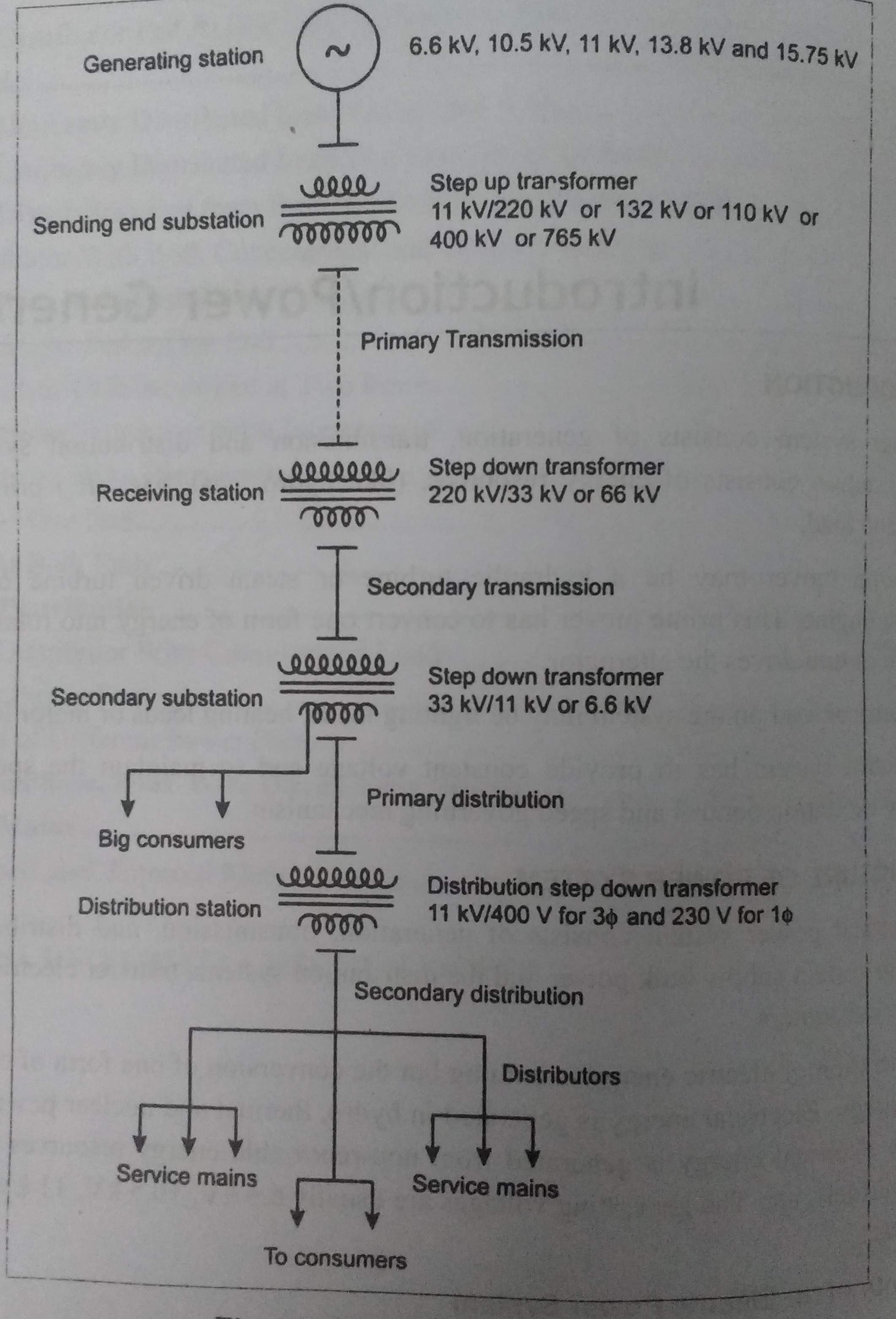
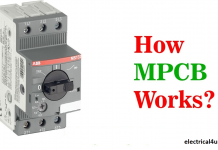
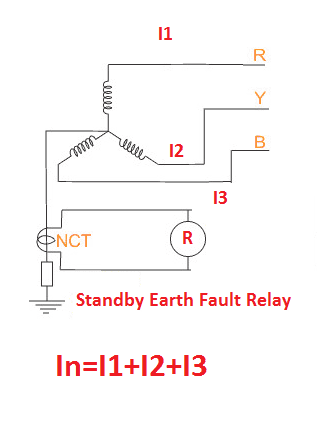
![What is Normally Open & What is Normally Closed [Video Included] What is NO and NC](https://electrical4u.net/wp-content/uploads/2020/09/What-is-NO-and-NC-218x150.png)
